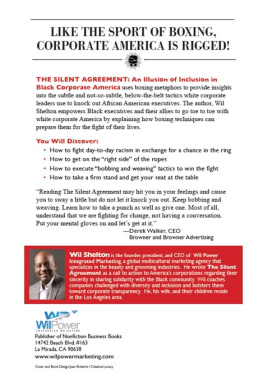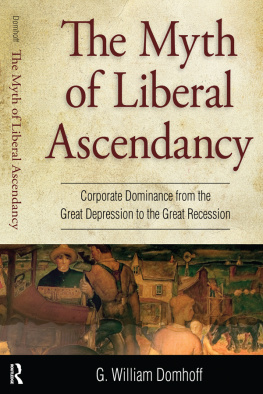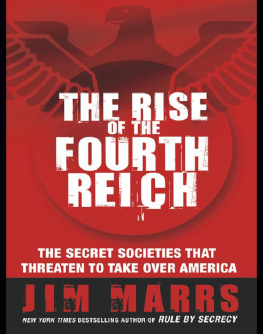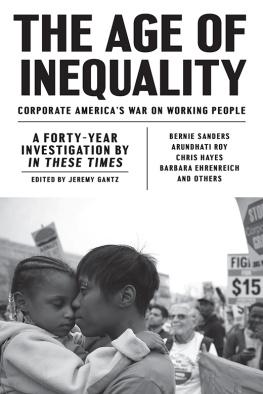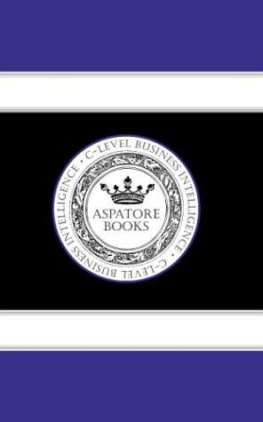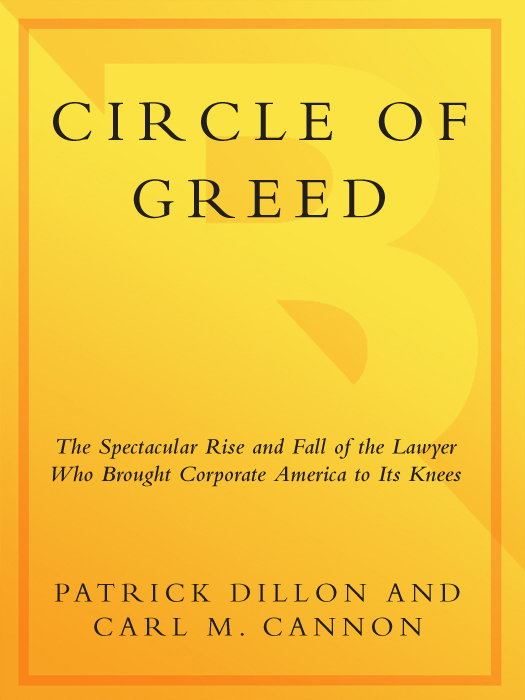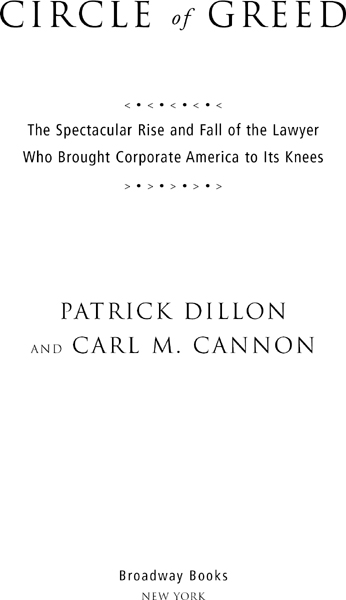Contents
1:
2:
3:
4:
5:
6:
7:
8:
9:
10:
11:
13:
14:
15:
16:
17:
18:
19:
20:
21:
22:
23:
24:
25:
26:
27:
28:
Acknowledgments
Before we begin tipping our hats to those who made our work possible, a word of explanation about how this book came to be written. Carl Cannon first came across William Lerach in 1977 while covering courts for the San Diego Union, a newspaper where Patrick Dillon often edited stories dispatched from the courthouse, a beat he had once covered himself. It didnt take Cannon long to interest Dillon and other editors in the emerging saga of Bill Lerach, a flashy newcomer to the San Diego legal scene. In time, Carl and Pat became friends as well as colleagues, keeping a running conversation about life and current events going for three decades even as Carl left his native California and made a career as a political writer in Washington, and Pat moved to the San Francisco Bay Area, where he held a number of editorial positions.
Cannon kept track of Lerachs legal activities over the years, weighing in occasionally with an article about Lerachs effect on the nations legal, business, and political landscape. Meanwhile, as an editor and columnist, Pat found himself writing and commissioning articles about the long shadow Lerach cast over Silicon Valley and the high-rolling founders of the New Economy. At one point, Pat and Bill intended to write a book together entitled Plundering America, about Lerachs war of attrition against corporate fraud in America. Those plans were put on hold for reasons now revealed in our book, produced a decade after Plundering America was scratched. After it became apparent that the Justice Department was in the process of terminating Lerachs legal career, Dillon called Lerach to inform him that there was still a book to be done, but it would be about Lerach, not coauthored by him.
Pat subsequently called Carl and invited him to be his coauthor. Carl, who had just days before finished a book with his father, Lou Cannon, comparing the presidencies of George W. Bush and Ronald Reagan, gave his friend a succinct initial response: No. Obviously, that answer was not the last word. Pat subsequently informed Bill Lerach that he and Carl had signed a contract to write a book about Lerachs life and career. Lerachs response was, Well, I guess if someone is going to do it, Im glad its going to be you two. I may not love some of it but you guys will be fair.
When friends and acquaintances learned of this project, they would invariably ask if Lerach was cooperating. Informed that he was indeed, most people would ask why he was doing so. This is a question we asked ourselves over the course of reporting and writing this book. And make no mistake, Bill Lerachs level of cooperation was extraordinary. He literally opened his house to the authors on separate reporting trips to San Diego throughout the winter and spring of 2008. He opened the files of old cases. He directed his longtime secretary, Kathy Lichnovsky, to provide documents, phone numbers, or source material. Bill met Carl in Pittsburgh on a nostalgic trip to see his old hauntsand his familybefore heading to prison. Once in prison, he met with Pat on three separate occasions. Still, the question of why? remains, especially considering that Lerach never asked fornor was he offeredany approval over the manuscript. He never saw a word of it prior to publication, and did not try to shape this book in either its conception or execution. So what was in it for him?
The authors believe that Lerach cooperated for two reasons. First, the rationale he cited himself: He knew our work and trusted it, even though he knew we did not necessarily share his political views or his mostly dark vision of publicly held corporations. Secondly, and we think this is more significant: Lerach was and is convinced he has a compelling story to tell. Not necessarily about the particulars of the governments criminal case against him, but a larger storythe one about the defects and failures of entrepreneurial capitalism, and Lerachs attempts, however flawed his methods may have been, to hold corporate executives to account. We think that Bill Lerach believed hed get a fair shake on that theme. We will leave it to the reader to decide if we delivered on that score.

OF COURSE, MANY OTHERS helped us as well. Even though she was following her bosss wishes, Kathy Lichnovskys assistance and forbearance was above and beyond the call of duty. Bill Lerachs brother Richard and his cousin Jim Kerr were open-hearted and generous with their time. So was Bills wife, Michelle, who, if she had any misgivings about this book, kept them to herself. Star Soltan, Bills third wife, patiently answered queries as well.
Bills boyhood chums, as well as his high school and college friends, many of whom are quoted in , answered all our queries cheerfully and in a timely way. One sad note, however: Gene Carney, a faithful friend of Bills who played sandlot baseball and football with him when they were grammar school ageand who came to his sixtieth birthday party in San Diegodied last summer as this book was being edited. Gene was a gentleman who had developed into a fine baseball writer as his second career. His help was greatly appreciated, and he was a national treasure.
Former FBI special agent Virginia Curry, who lost her husband at age thirty-nine to melanoma, yet who remained dedicated to her job, was instrumental in helping the authors piece together the art-theft case that tripped up Lerach confederate Steven Cooperman and subsequently Lerach himself. Likewise, we owe a great debt to Richard Robinson, the diligent federal prosecutor who stayed with this investigation for eight long yearsand who was still willing to revisit the case in order to assist our efforts at re-creating the events inside the U.S. Attorneys Office in Los Angeles. We are equally grateful to his colleagues, Douglas Axel and Robert McGahan, tenacious government lawyers who shared valuable details and insightsand to John Keker, the irrepressible and incomparable defense lawyer who represented Bill Lerach in his long battle with the government.
Two of Lerachs friends and allies, lawyers Jonathan W. Cuneo and Patrick Coughlin, also provided essential assistance. Pat Coughlin, Lerachs principal partner in the San Diego law firm that bore both mens names, helped Pat Dillon negotiate the thicket of the Enron litigation and the tobacco wars, as well as intra-firm politics and history. Meanwhile, Jon Cuneo helped Carl Cannon re-create the political backstory behind the Get Lerach Act in mid-1995 in Congress, and its counterpart referendums in California the following year. Sean Coffey, whom the authors came to see as heir-apparent to Lerach in securities class action lawalbeit an Eagle-scout version of Lerachhelped the authors to understand the epic WorldCom litigation, as well as the rivalries within the plaintiffs bar created by Lerachs omnipresence. And former U.S. solicitor general Paul G. Clement, provided expert guidance through the actions of the Bush administration as it prepared for a landmark Supreme Court decision on class action lawsuits. We thank him for his generous gift of time.


